PPT-General Rules
Author : jane-oiler | Published Date : 2017-10-12
When completing a flight plan the following rules apply Use capital letters one letter in each space of the field unless field are not divided into spaces Adhere
Presentation Embed Code
Download Presentation
Download Presentation The PPT/PDF document "General Rules" is the property of its rightful owner. Permission is granted to download and print the materials on this website for personal, non-commercial use only, and to display it on your personal computer provided you do not modify the materials and that you retain all copyright notices contained in the materials. By downloading content from our website, you accept the terms of this agreement.
General Rules: Transcript
Download Rules Of Document
"General Rules"The content belongs to its owner. You may download and print it for personal use, without modification, and keep all copyright notices. By downloading, you agree to these terms.
Related Documents

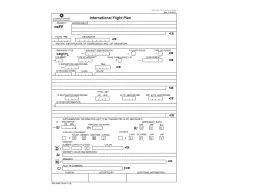

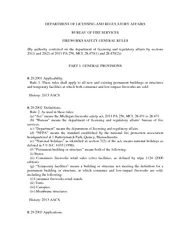




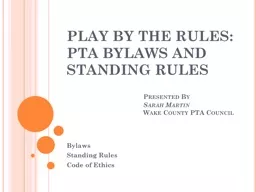
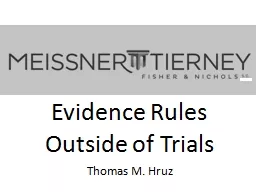
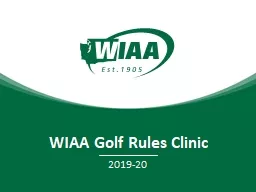
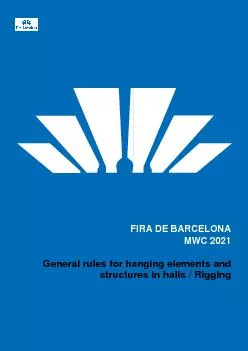
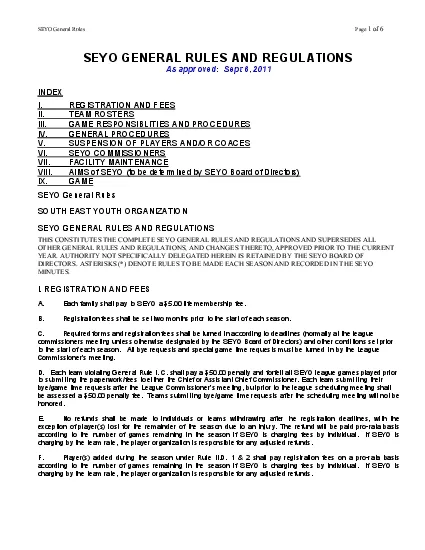
![Read ebook [PDF] Robert\'s Rules of Order Newly Revised In Brief, 2nd edition (Roberts](https://thumbs.docslides.com/1019766/read-ebook-pdf-robert-s-rules-of-order-newly-revised-in-brief-2nd-edition-roberts-rules-of.jpg)
![[PDF READ ONLINE] Robert\'s Rules of Order in Brief: The Simple Outline of the Rules Most](https://thumbs.docslides.com/1019769/pdf-read-online-robert-s-rules-of-order-in-brief-the-simple-outline-of-the-rules-most-often.jpg)